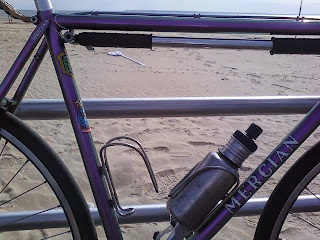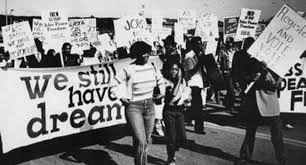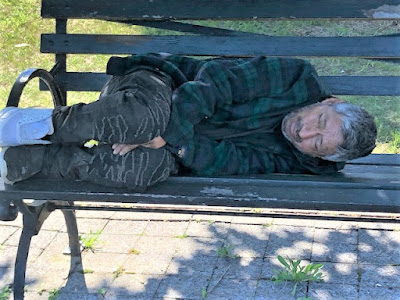To many American cyclists and cycling fans, Labor Day weekend marks the end of the racing season. According to VeloNews, regional races dominate this weekend's cycling slate. There is an omnium in St. Louis; there are stage races in, among other places, Vermont and Colorado and a variety of one-day and stage races, as well as criteriums, on courses all over the nation from Massachusetts to California.
While most of these races originated during the past thirty or so years, there are some Labor Day events that have been running for as long as bicycle races and Labor Day have been in existence.
That makes sense when you realize that bicycle racing in the United States began at roughly the same time Labor Day began to be celebrated. On Tuesday, 5 September 1882, rhe first labor festival was celebrated in New York; within three years, other industrial centers had their own celebrations. Oregon (Doesn't it figure?) became the first state to establish the holiday in its state constitution, and in 1894. Labor Day became a Federal holiday.
Many still consider the 1890's and the first years of the 20th Century to be the "golden age" of bicycle racing in the US. While bicycling was fashionable among the monied set (In those days, a typical bike cost about $100: about $2700 in today's money.), prominent racers of that time typically came from the working classes and were immigrants or their children. In fact, the first African-American sports superstar was Major Taylor, who set several world records
The connection between cycling and labor indeed ran deep: The manufacture of bicycles was one of the major industries in some of the nation's industrial centers, such as Worcester, MA; Hartford, CT; Paterson, NJ; Philadelphia, Detroit, Chicago, St. Louis---and, of course, New York. Not surprisingly, those cities hosted races on Labor Day as well as at other times of the year.
Even after the introduction of the automobile, large numbers of people rode bicycles to work and for recreation--and, of course, countless kids rode them to school and the local park. The decline in adult cycling didn't begin until the automobile became a mass-market item during the 1920's. However, bicycle racing continued its popularity, particularly among the working classes and in communities of European immigrants. Track races, including the six-day events, filled venues such as Madison Square Garden in the 1930's; on the eve of World War II, only baseball was a more popular spectator sport than track racing. (Interestingly, the third-most popular sport was soccer, which drew its players from the same demographic groups as bicycle racing.)
 |
| Six-day racers during the 1930's. From Deadspin. |
In another example of how the worlds of cycling and labor intersected the six-day races actually prompted New York City and Chicago to pass laws forbidding cyclists from riding more than 12 hours a day. Six-day racing was a dangerous sport, and the fans couldn't get enough of it.
Even during the "dark ages" of US cycling--the two decades or so years following World War II--Labor Day races were held in a number of places across the United States, though mainly in the Northeast and Upper Midwest, and on the West Coast.
























